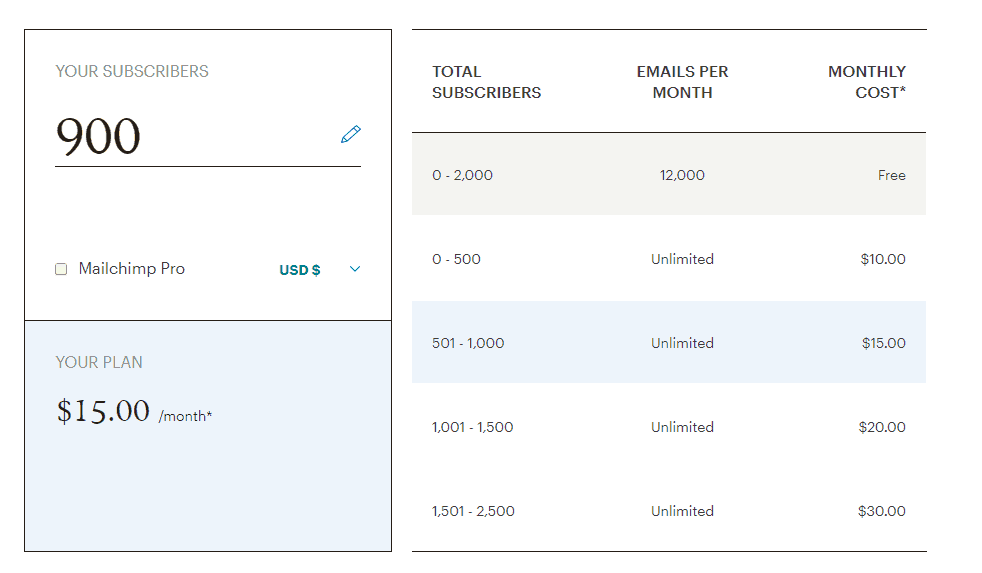The Only Guide for "Mailchimp's Pricing Model Demystified: Breaking Down the Different Factors Influencing Costs"

Mailchimp versus Competitors: Is Paying a Higher Rate Justified?
When it happens to e-mail marketing, Mailchimp has long been a prominent choice for services of all sizes. With its user-friendly interface, comprehensive function, and inexpensive pricing strategy, it's no marvel that Mailchimp has dominated the market for years. However, as more e-mail marketing platforms have entered into the scene along with their personal unique offerings, many companies are right now examining whether paying out a much higher cost for options to Mailchimp is justified. In this short article, we are going to explore the key differences between Mailchimp and its competitors to aid you help make an informed decision.

One of the major aspects that prepares Mailchimp apart coming from its competitions is its pricing framework. Mailchimp offers a cost-free plan that makes it possible for individuals to deliver up to 10,000 emails per month to 2,000 customers. This is a excellent alternative for little services or those only starting out with e-mail marketing. Nevertheless, as your service grows and your user checklist extends, you might need to upgrade to one of their paid for strategy.
Mailchimp's paid plans begin at $9.99 per month for up to 500 users and can go up to a number of hundred dollars per month relying on the size of your list. While this may be realistic for some organizations, others might locate it more cost-effective to look into alternate possibilities.
One such choice is ConvertKit. ConvertKit focuses on providing sophisticated hands free operation features exclusively customized in the direction of developers such as bloggers and YouTubers. While ConvertKit's costs starts at $29 per month for up to 1,000 subscribers - dramatically greater than Mailchimp's beginning price - a lot of customers discover that the additional attribute warrant the price.
Source offers highly effective division capabilities that permit you to target specific portions of your audience located on their habits or interests. This degree of customization can lead to much higher involvement prices and essentially strengthen conversion prices.
One more significant competition in the email marketing space is Steady Get in touch with. Unlike Mailchimp and ConvertKit, Consistent Contact does not give a free of cost plan. Their prices strategy begin at $20 every month for up to 500 users, creating it a even more costly alternative coming from the get-go.
Having said that, Continuous Contact supplies a vast range of features that cater to businesses looking for sophisticated marketing tools. Their system includes occasion management attribute, social media assimilation, and also a website home builder. These extra features make it an appealing choice for organizations that wish an all-in-one service for their on the internet marketing requirements.
While Mailchimp, ConvertKit, and Constant Connect with are just a few examples of e-mail marketing systems offered in the market today, they each have their very own strengths and weak spots. The secret is to review your organization's specific demands and compare them against the attribute and costs plans delivered through these rivals.
Essentially, whether paying a much higher rate for an substitute to Mailchimp is justified depends on your one-of-a-kind conditions. If you require innovative automation capabilities or additional marketing devices beyond email initiatives, after that checking out options might be worthwhile. However, if you are contented along with Mailchimp's offerings and locate their rates plans affordable for your business measurements and necessities, there may be no need to look elsewhere.
In final thought, opting for between Mailchimp and its rivals needs mindful factor of factors such as rates plans, function offered, and your business's particular demands. While paying a greater rate may be justified in particular scenarios where additional function or functionalities are required, it essentially comes down to what will definitely best provide your business goals.
